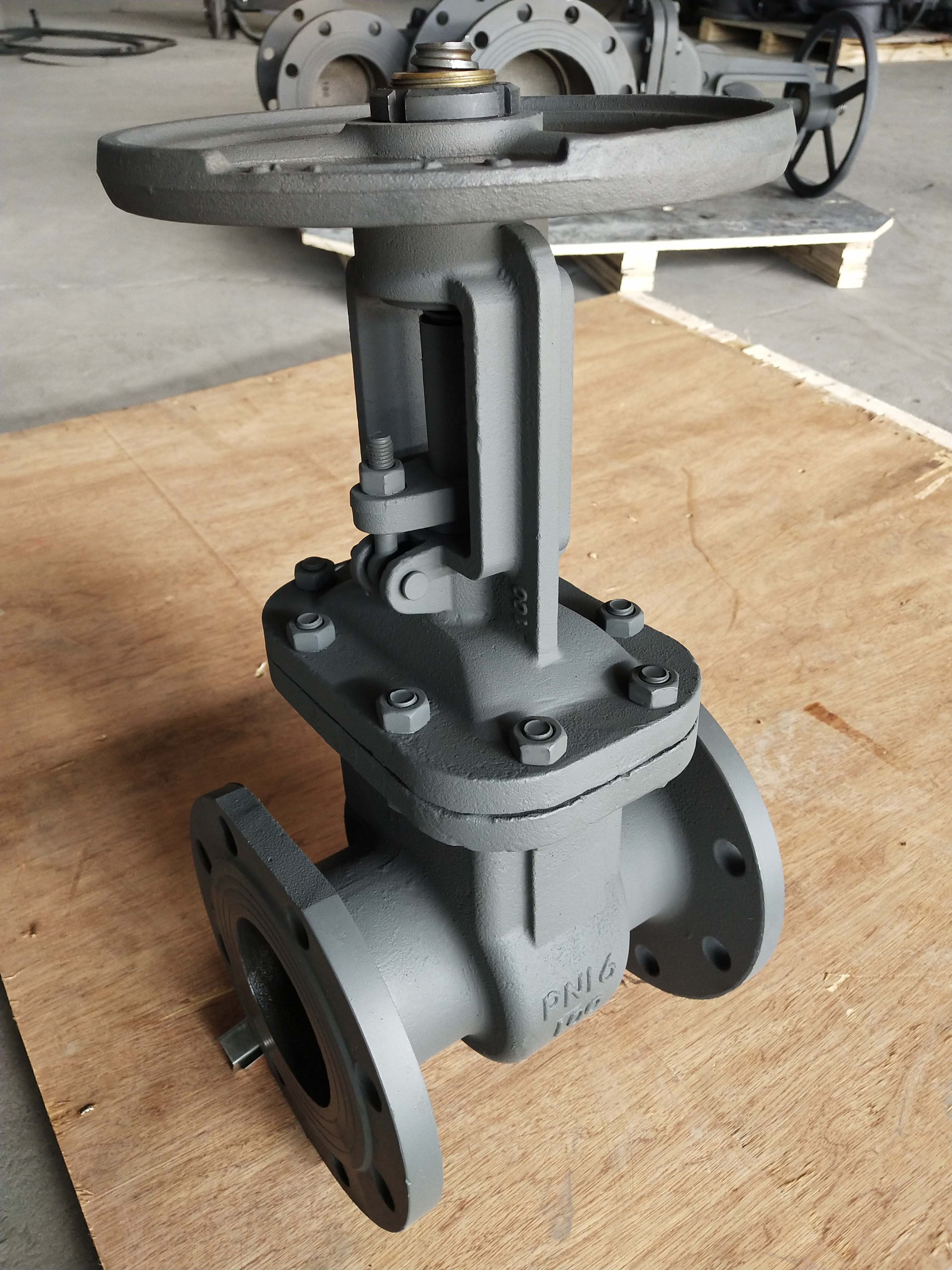foot valve 12 inch
Understanding Foot Valves The 12-Inch Solution
Foot valves play a crucial role in various fluid management systems, particularly in applications involving water pumping and irrigation systems. Among the different sizes available, the 12-inch foot valve is notable for its capacity and utility in larger water transport scenarios. This article explores the significance, functionality, and applications of 12-inch foot valves, providing a detailed understanding for professionals and enthusiasts alike.
What is a Foot Valve?
A foot valve is a type of check valve that is installed at the bottom of a suction line in a pumping system. Its primary function is to prevent water from flowing back into the source when the pump is not in operation. By maintaining a column of water in the suction line, the foot valve ensures that the pump does not have to prime every time it starts, enhancing efficiency and reliability.
Design and Features of a 12-Inch Foot Valve
The 12-inch foot valve is designed to handle substantial flow rates, making it ideal for industrial, agricultural, and municipal applications. Typically constructed from materials such as cast iron, stainless steel, or PVC, these valves are built to withstand the pressure and environmental conditions they encounter.
Key features of a 12-inch foot valve include
1. Screened Intake Most foot valves come equipped with a strainer or screen that prevents large debris from entering the pump system. This is crucial for protecting pumps and ensuring the longevity of the entire system.
2. Flanged Connections A 12-inch size often utilizes flanged connections for easy installation and maintenance, allowing for a secure seal that can handle high pressures.
3. Durable Trim The internal components, including the disc and spring, are designed for durability to handle a variety of flow conditions and prevent wear over time.
Functionality
The operation of a foot valve is straightforward. When the pump is turned on, it creates a vacuum that draws water through the valve. The valve remains open during this process, allowing water to flow freely. Once the pump shuts down, the foot valve closes, preventing backflow. This action is critical in preventing the pump from losing prime, which could lead to air entering the system and causing damage.
foot valve 12 inch

Applications of 12-Inch Foot Valves
Due to their design and capabilities, 12-inch foot valves find applications in various industries
1. Irrigation Systems In agricultural settings, efficient water delivery is essential. Large foot valves can support significant flow rates, ensuring that irrigation systems function correctly and reduce wastage.
2. Wastewater Management In municipal applications, foot valves help control the movement of wastewater. By preventing backflow, they help maintain the integrity of wastewater treatment facilities.
3. Industrial Water Systems Factories and manufacturing plants often utilize 12-inch foot valves in their water supply lines, ensuring a stable and continuous flow of water for processes and cooling systems.
4. Fire Protection Systems In fire suppression systems, reliable water supply is crucial. Foot valves help ensure that water is available quickly when needed, providing confidence in emergency situations.
Maintenance Considerations
While foot valves are designed for durability, regular maintenance is essential to ensure optimal operation. This includes
- Inspection Periodically checking the strainer to prevent clogging. - Testing Ensuring the valve closes properly and does not allow backflow. - Cleaning Removing debris and build-up that could impede flow or damage components.
Conclusion
The 12-inch foot valve is an essential component in various fluid management systems. Its ability to prevent backflow and maintain prime enhances the efficiency of pumps in irrigation, wastewater management, industrial processes, and fire protection systems. By understanding the functionality and applications of 12-inch foot valves, professionals can make informed decisions that optimize performance and reliability in their water systems. Regular maintenance and attention to design specifications will ensure these valuable components perform effectively for years to come. Whether you're in agriculture, industry, or municipal services, the implementation of a high-quality foot valve is vital for achieving your fluid management goals.
-
The Key to Fluid Control: Exploring the Advantages of Ball Valves in Industrial SystemsNewsJul.09,2025
-
The Versatile World of 1, 2, and 3 Piece Ball ValvesNewsJul.09,2025
-
Stainless Steel Ball Valves: The Ideal Choice for Efficient Flow ControlNewsJul.09,2025
-
Optimizing Fluid Control with Ball Float ValvesNewsJul.09,2025
-
Manual Gate Valves: Essential for Control and EfficiencyNewsJul.09,2025
-
Everything You Need to Know About Butterfly ValvesNewsJul.09,2025
-
The Versatility of Wafer Type Butterfly ValvesNewsJul.08,2025




